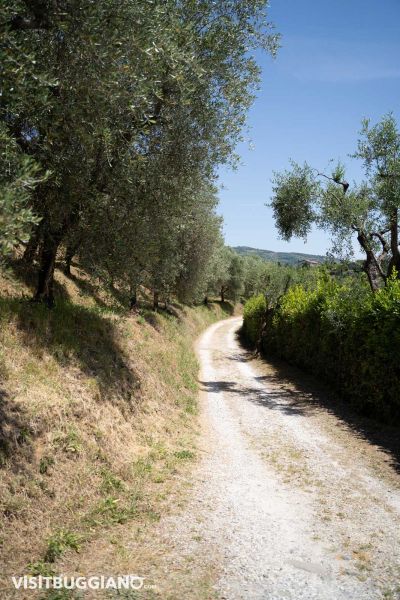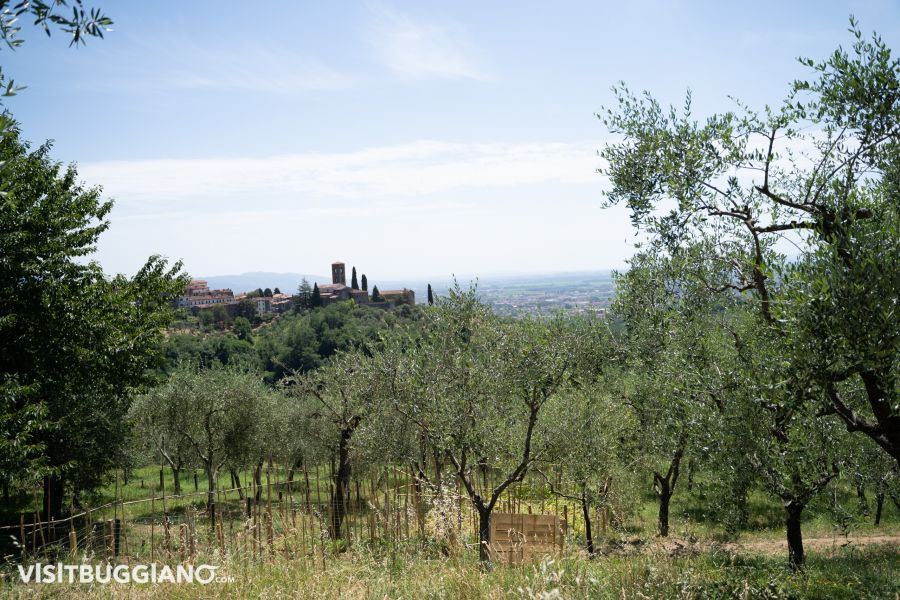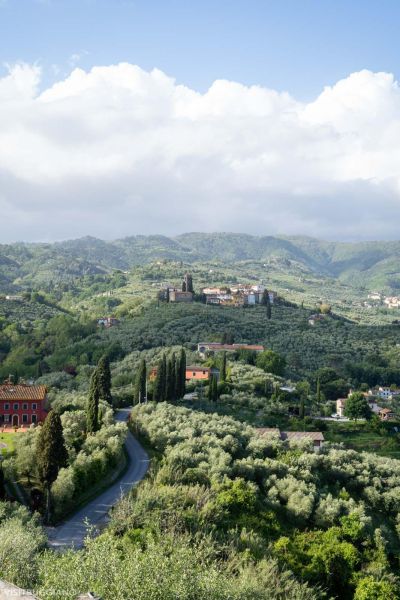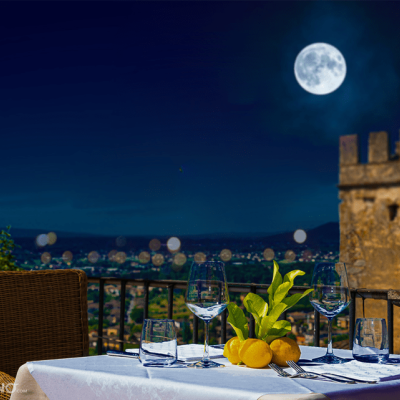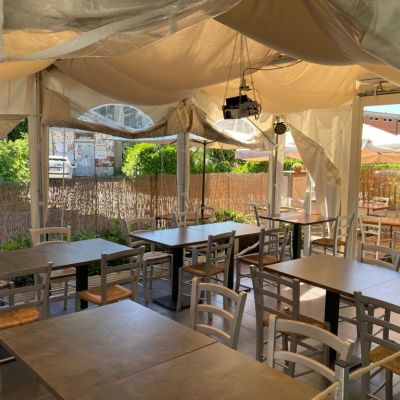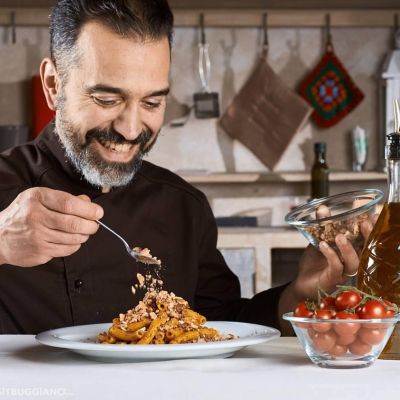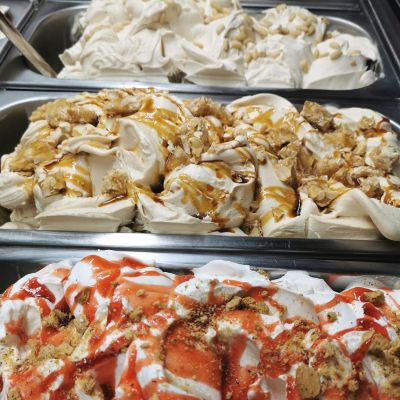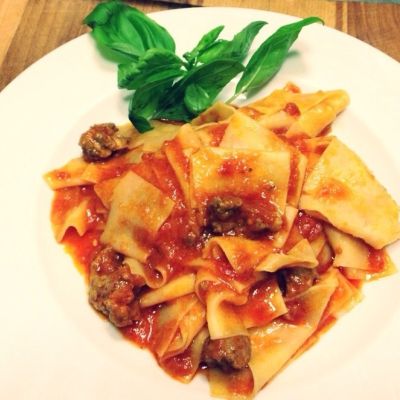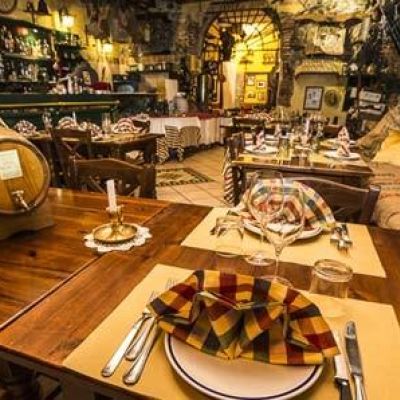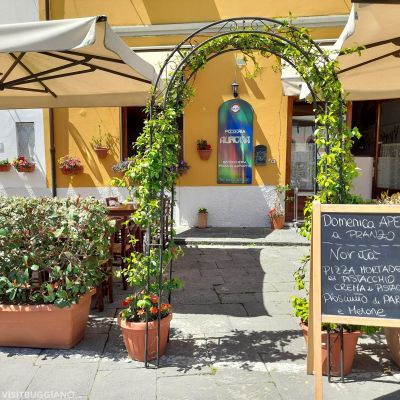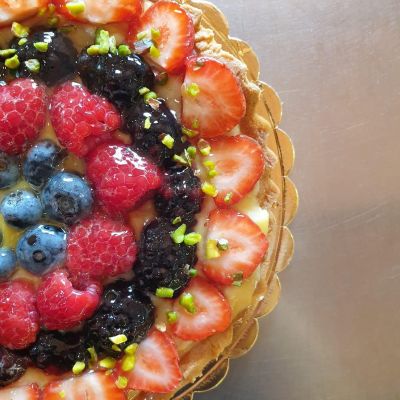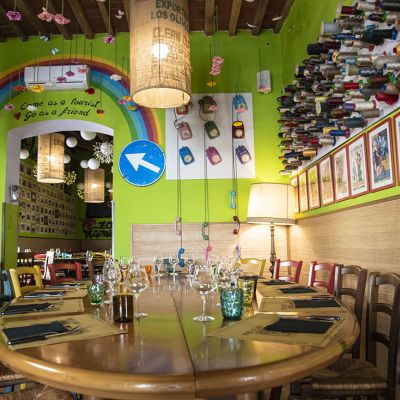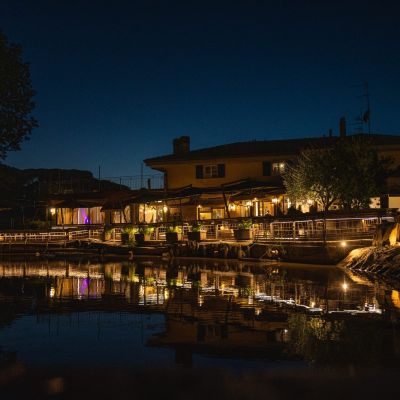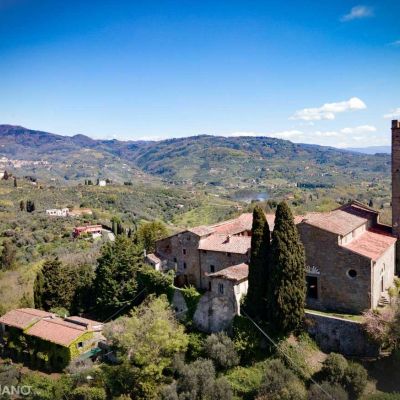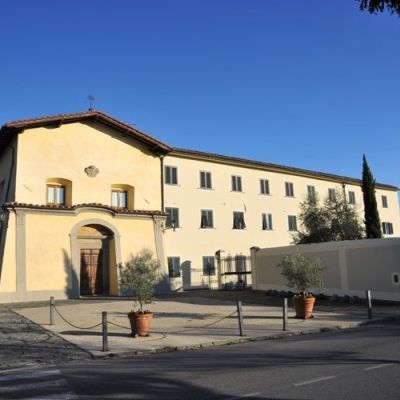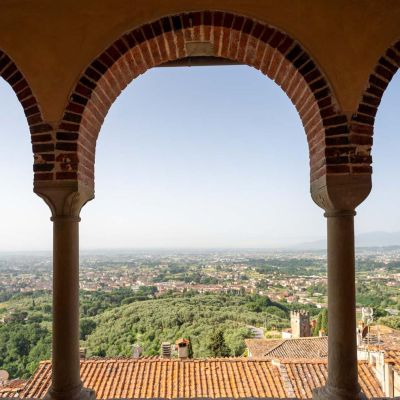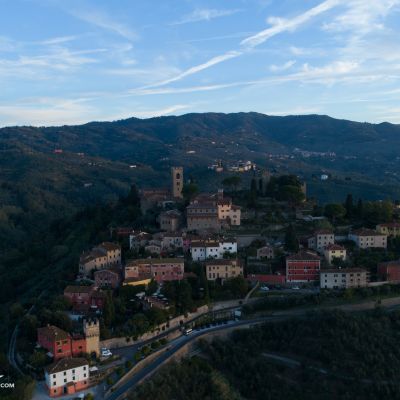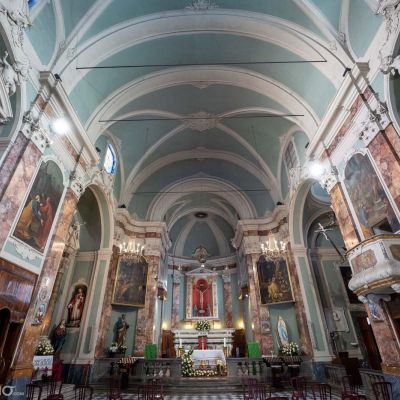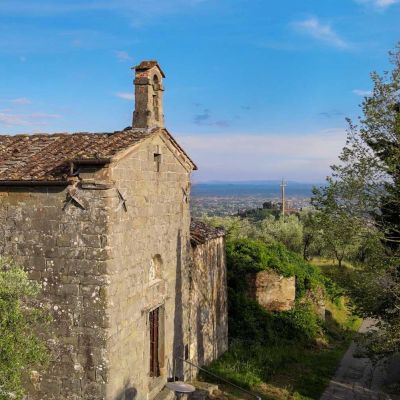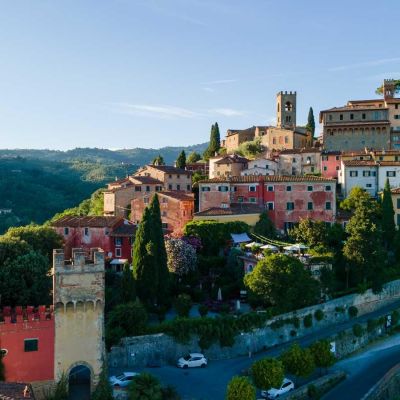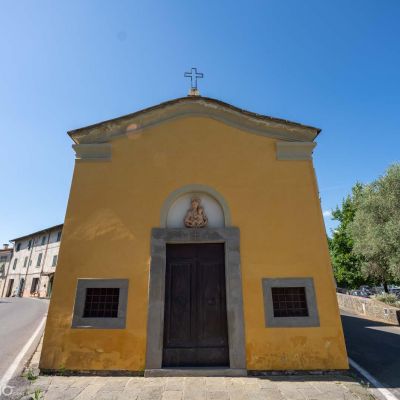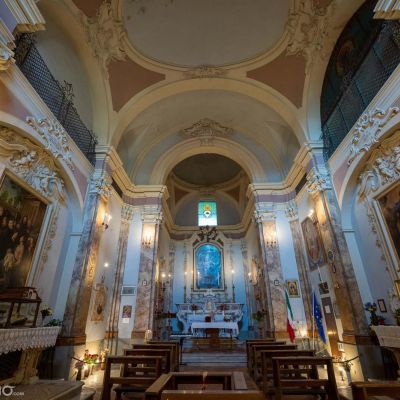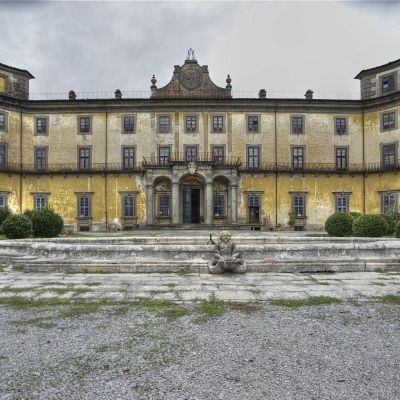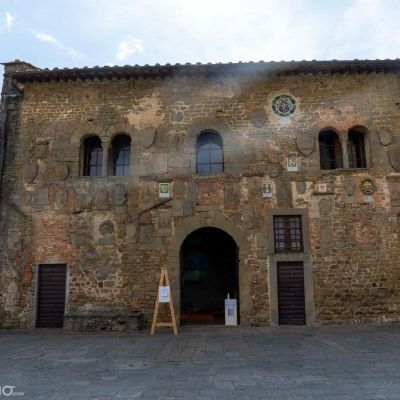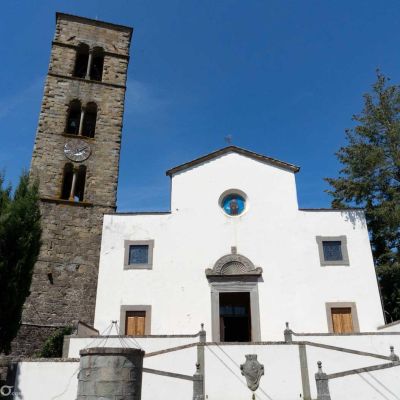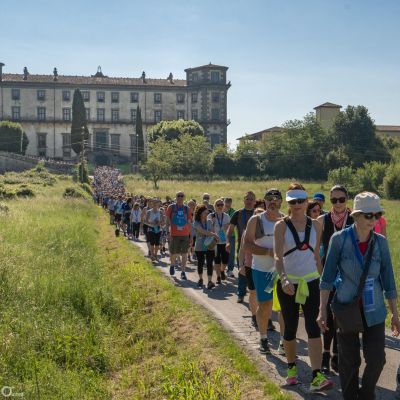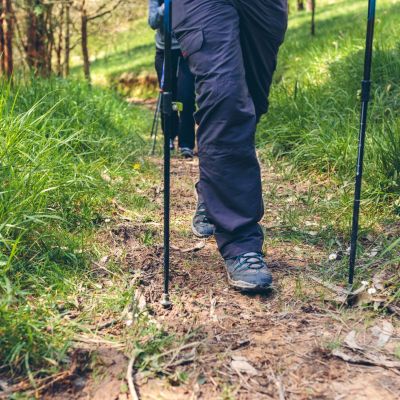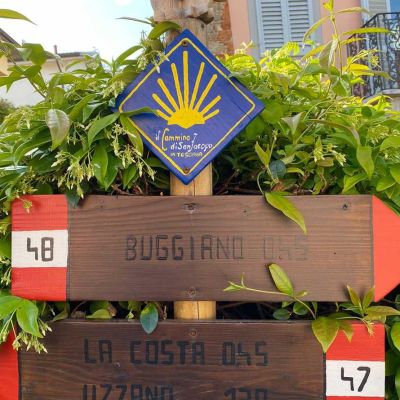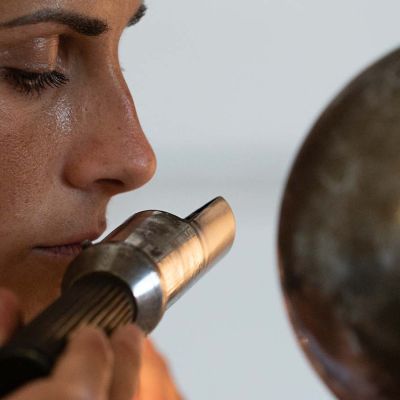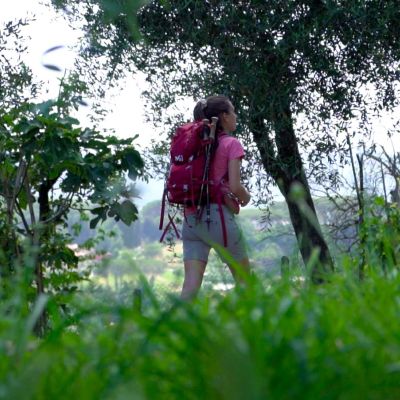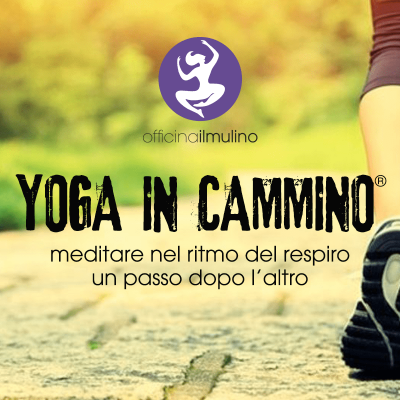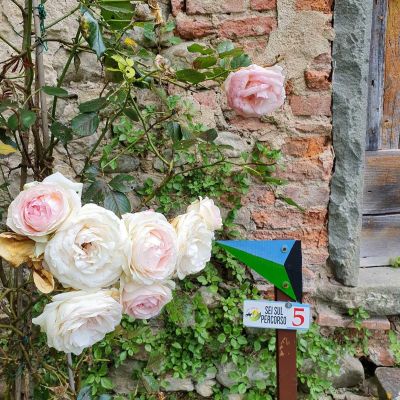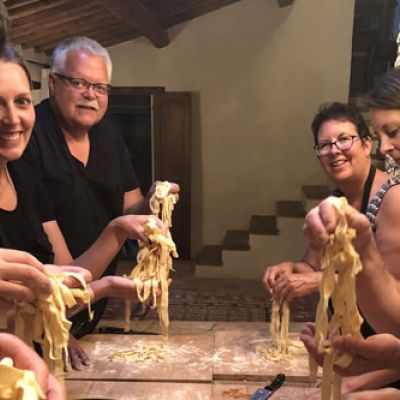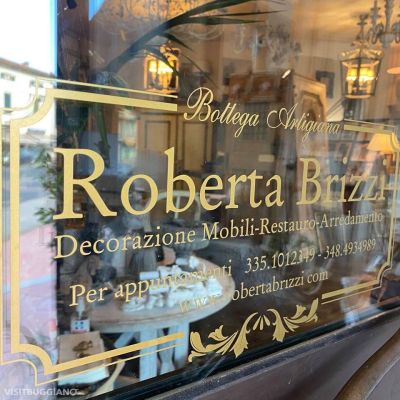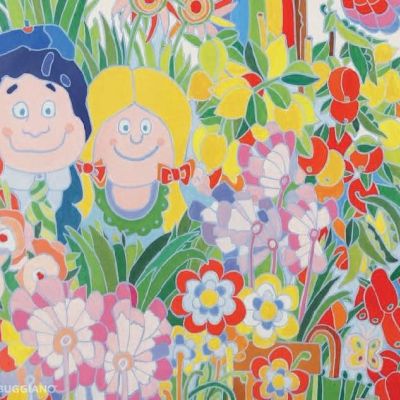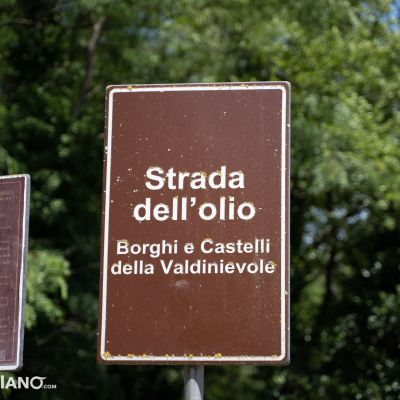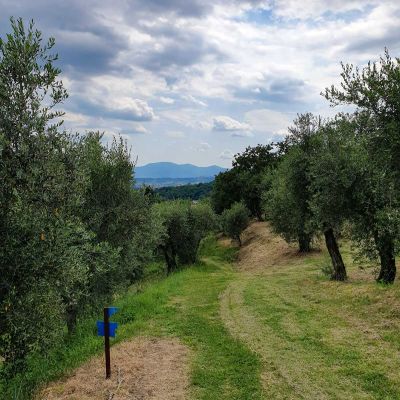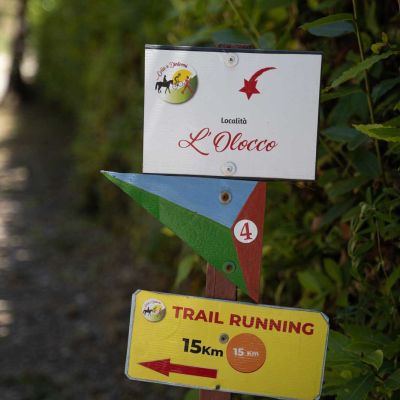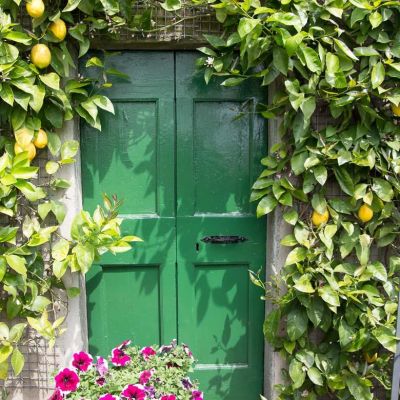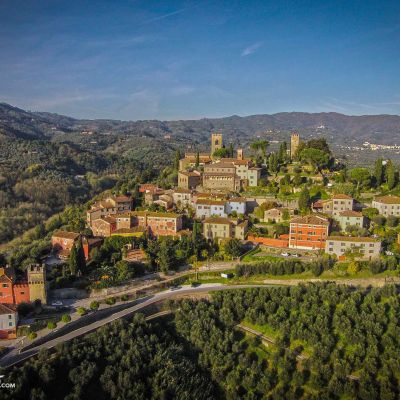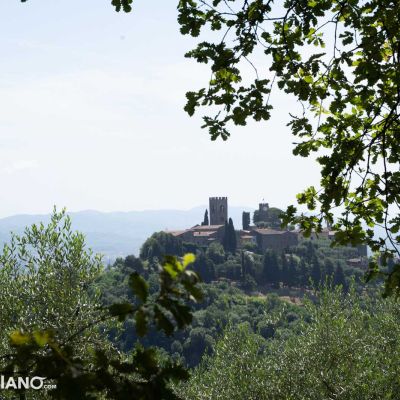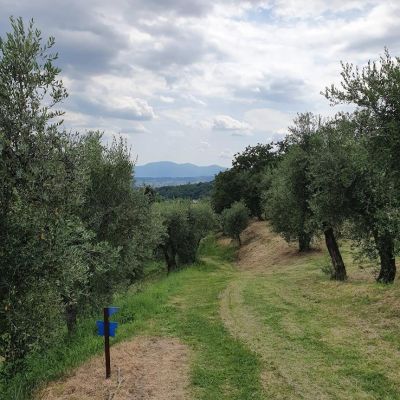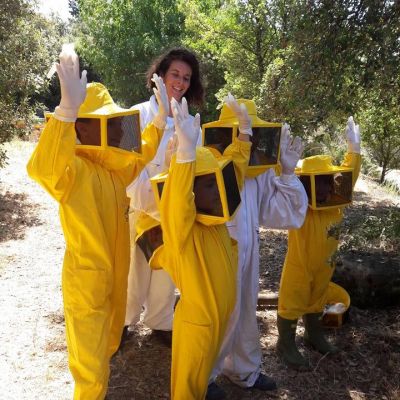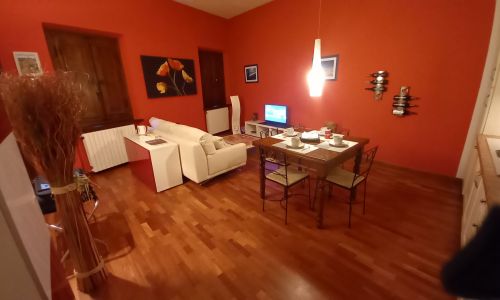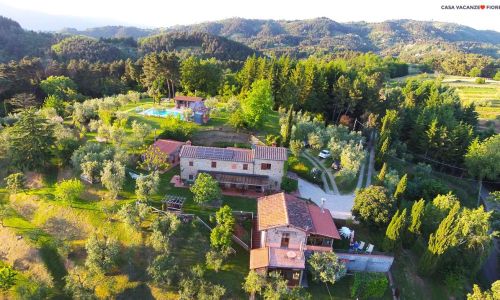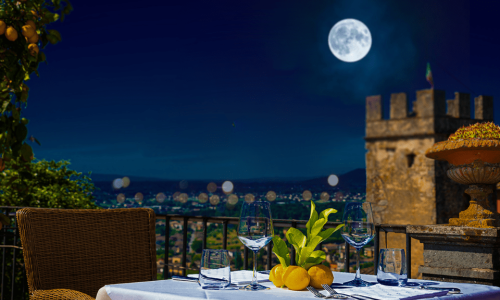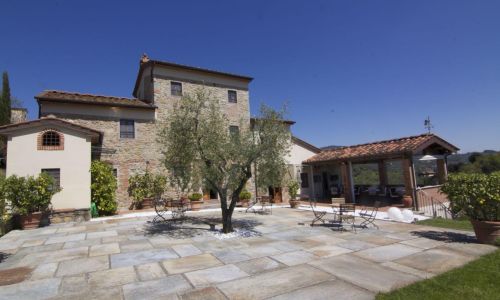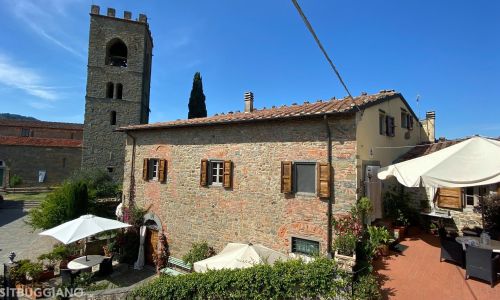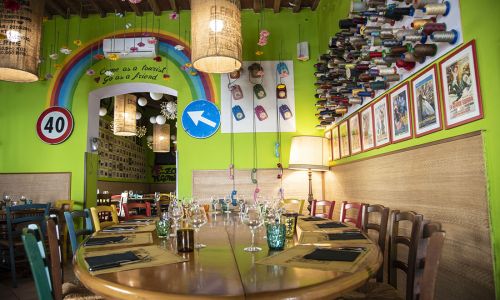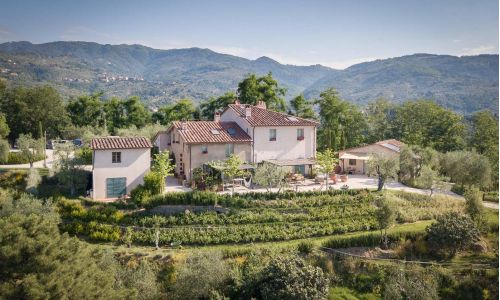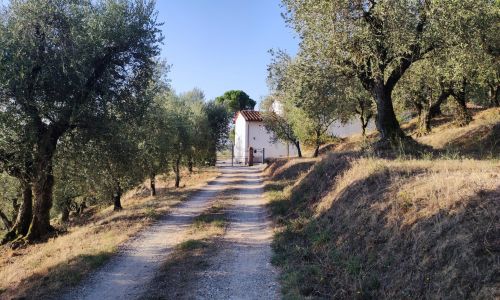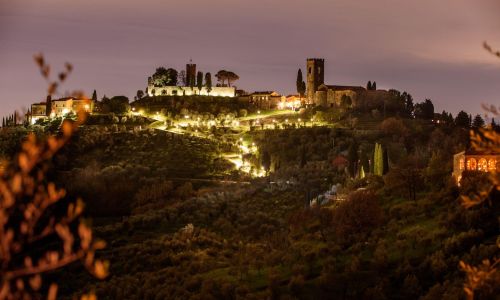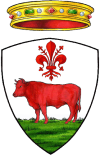In the heart of Tuscany, Buggiano represents an excellent landscape where agricultural tradition and natural beauty merge creating sceneries of rare charm. Among the jewels of this territory, the olive groves cultivated in terraces throughout the municipal territory emerge as witnesses of a perfect balance between the needs of man and respect for nature.
Buggiano Castello, with its dominant position on the Valdinievole, offers a unique view of the surrounding territory, where olive groves extend on terraces, an ancient cultivation method that responds. This agricultural practice, rooted in the history of the place, allows not only to make the best use of the hillsides, but also to prevent soil erosion and proving an effective system of control of surface waters, thus maintaining the integrity of the landscape .
The mild and favorable microclimate of Buggiano Castello, referred to as “Village of citrus“, is also conducive to the cultivation of olive trees, which here find an ideal habitat for growing and fructifying, enriching the landscape with green all year round. This microclimate, combined with the wise management of the territory through terraces with the technique of “ciglionamento”, contributes to create a unique environment where the olive culture is passed on from generation to generation, Demonstrating the importance of this plant not only for the local economy but also for the cultural identity of the territory .
Tra gli uliveti a terrazzamenti di Buggiano spicca l’Olea europaea, albero che da millenni accompagna la storia e la cultura del Mediterraneo. Questa pianta, resistente e longeva, è un simbolo di pace e saggezza, oltre che una risorsa inestimabile per la produzione di olio di oliva, elemento cardine della dieta mediterranea. L’olivo, con le sue foglie di un verde argenteo, non solo contribuisce alla bellezza del paesaggio di Buggiano, ma gioca anche un ruolo cruciale nell’ecosistema locale, offrendo riparo e nutrimento a numerose specie di uccelli e insetti. La coltivazione dell’Olea europaea in quest’area sfrutta le tecniche tradizionali che rispettano il ritmo naturale della pianta, assicurando un prodotto di alta qualità che riflette la ricchezza e la varietà del territorio. L’olio prodotto dagli oliveti di Buggiano è apprezzato per il suo sapore unico e le sue proprietà benefiche, frutto di una terra generosa e del sapiente lavoro degli olivicoltori locali.
The typical landscape of olive groves also dialogues with forests, cultivated fields, small country roads that once connected farms or led to mills and mills, houses scattered on the hill, bell towers that catch the eye.
In the countryside, also attracts the eye of the prickly pear that grows here lush thanks to the mild climate.
The strategic position of Buggiano, easily accessible and close to cities of art such as Florence, Lucca, and Pisa, makes this village an ideal starting point for exploring the most authentic Tuscany, where history, nature and agricultural traditions meet in perfect balance .
Visiting Buggiano and its surroundings offers the opportunity to immerse yourself in a landscape that has maintained its historical charm, where every corner reveals the care and attention of local communities for their land. The “olive-lined land” of Buggiano, with its terraces and the silvery green of the olive trees, is one of the most authentic and suggestive expressions of the typical Tuscan landscape, an invitation to rediscover the values of rurality and Mediterranean biodiversity.

